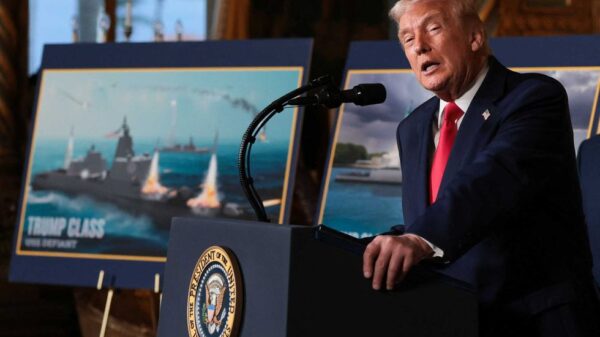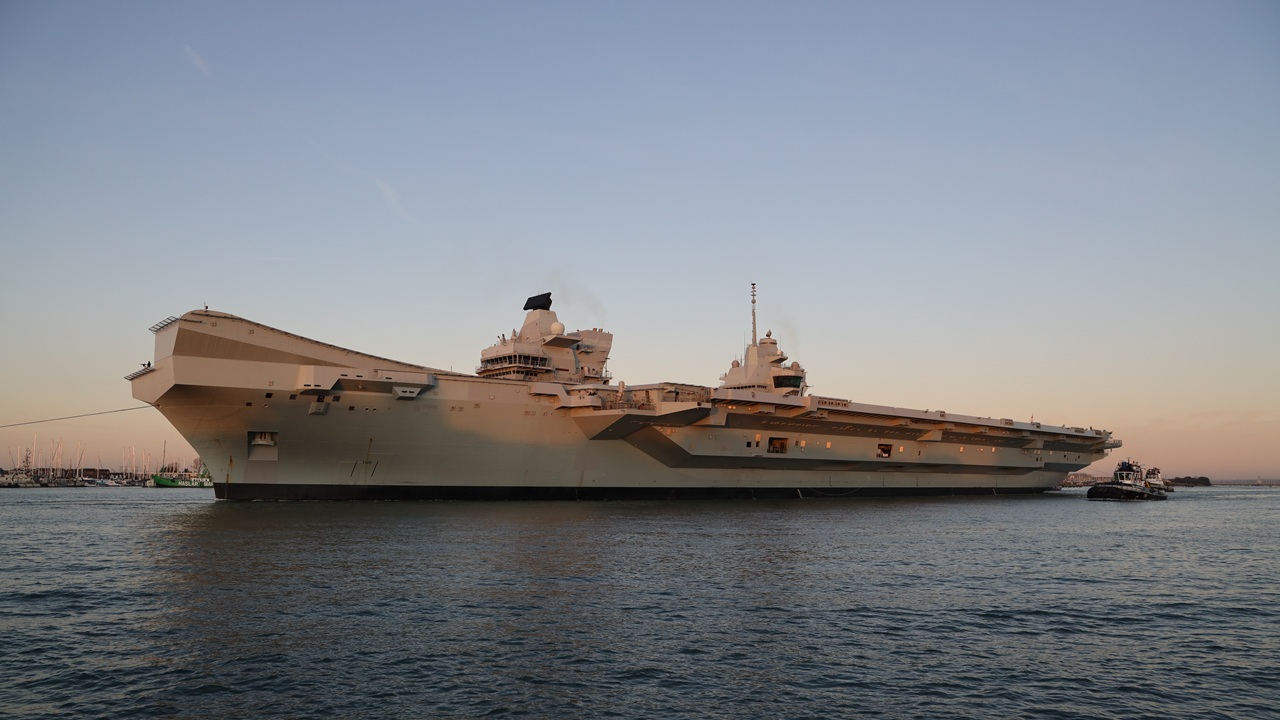The Royal Navy’s F-35B fighter jet, which was stranded in India for over a month due to a hydraulic failure, has successfully rejoined the HMS Prince of Wales following repairs. The aircraft departed from Thiruvananthapuram International Airport on July 28, 2025, but initial reports mistakenly suggested it was returning to the UK.
The F-35B, tail number ZM168, is the short takeoff vertical landing variant of the Joint Strike Fighter. It was deployed on the HMS Prince of Wales, which is currently engaged in Operation Highmast, aimed at enhancing security in the Indo-Pacific region. The aircraft encountered a hydraulic issue on June 14, forcing it to divert to Thiruvananthapuram during joint military operations with the Indian Air Force.
Repair Process and Operational Impact
A team was dispatched from the carrier via a Merlin helicopter to address the problem. However, when initial repairs proved unsuccessful, a larger engineering squad was flown in from the UK and the United States, arriving on July 7 with specialized tools. The F-35 was kept in a remote parking area at the airport for two weeks before being moved to a secure hangar, where repairs were completed on July 22.
Despite the significant challenges, Navy Lookout, a UK-based publication, noted that there was no immediate urgency to return the aircraft to the carrier group, stating that it was “well guarded by British and Indian personnel.” Nonetheless, the time taken to resolve the issues raised concerns about the readiness of British defense capabilities.
Transportation logistics played a crucial role in the decision to return the aircraft to HMS Prince of Wales. Positioned approximately halfway between the UK and northern Australia, India provided a strategic location for the fighter’s re-deployment. The UK’s Ministry of Defence (MoD) likely sought to demonstrate its operational capabilities by ensuring the F-35 could make the direct flight from Thiruvananthapuram to Darwin, Australia. An RAF Voyager tanker provided in-flight refueling during the journey.
Public Relations Challenges and Military Collaboration
The incident has been characterized as a “PR disaster” by the Royal United Services Institute, highlighting the potential for foreign states to exploit such mishaps to undermine public trust in British military capabilities and hardware. In light of this, the Kerala tourism board humorously shared a meme on social media featuring the F-35B, suggesting the aircraft enjoyed its extended stay in the region.
In a rapidly evolving media landscape, incidents like this can gain significant traction online. Earlier this month, for instance, China launched a disinformation campaign targeting the performance of the French-made Dassault Rafale fighter during a recent conflict involving India and Pakistan. Such examples emphasize the importance of maintaining a positive narrative regarding military effectiveness.
Upon its return, the F-35B rejoined the HMS Prince of Wales, which had been hosting additional Lightning II aircraft from the US Marine Fighter Attack Squadron 242 (VMFA-242). These operations occurred as part of the ongoing Talisman Sabre 2025 multinational exercises, during which USMC personnel engaged alongside their UK counterparts. The integration of US Marine Corps assets with the Royal Navy’s operations underscores the collaborative efforts between the two nations in enhancing regional security.
As the F-35B continues to operate from the UK’s flagship, the Royal Navy remains focused on demonstrating its capabilities on the global stage. The successful repair and return of the aircraft mark a significant development in British military operations in the Indo-Pacific region.








































































